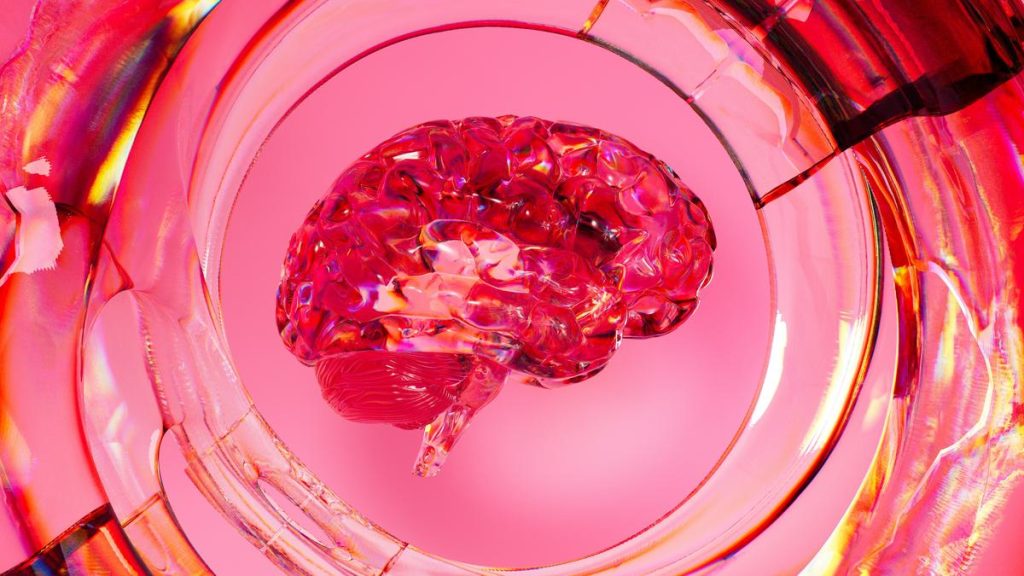The second phase of India’s National Mental Health Survey is currently underway. The first phase identified mood disorders as an important diagnostic category in terms of prevalence in India. March 30 is celebrated worldwide as World Bipolar Day.
Mood disorders are psychiatric disorders characterised by a pathological alteration in one’s mood, energy, and activity levels. The two most common mood disorders are major depressive disorder and bipolar disorder. Major depressive disorder is characterised by a persistent and pervasive sadness of mood, anhedonia (disinterestedness in activities that were pleasurable before the onset of the affliction), easy fatigability, cognitive difficulties, hopelessness, worthlessness, inappropriate guilt, and crying spells. More severe forms include suicidal ideas, slowness of bodily movements and thinking, delusions, and hallucinations.
Major depressive disorder is one pole in the gamut of presentations of bipolar disorder. The other pole, which defines bipolar disorder in a way, is mania. Mania is typified by an elevated, expansive or irritable mood, higher energy levels, inflated self-esteem, decreased need for sleep, pressured speech, subjective experience that thoughts are racing (‘flight of ideas’), being easily distracted, increased goal-directed activity, unrestrained buying sprees, and sexual indiscretions.
Normal mood fluctuations are specific to situations and last for short durations. For instance, one may feel down for some time after a difficult day at work. But people with mood disorders present with persistent pathological alterations in their mood and energy levels. These perturbations are not transient but last for weeks, months or longer and impair one’s socio-occupational functioning.
Causes of mood disorders
The genesis of mood disorders is complex and multifactorial. The affliction comes to the fore during development and manifests as individuals mature. Bipolar disorder generally has its clinical onset between the ages of 15 and 30 but its origins go back to early life. An individual’s vulnerability to mood disorders is likely to be genetically coded, as is the case with most psychiatric disorders.
That said, genetic vulnerabilities alone don’t always suffice. Environmental factors play a crucial role in precipitating the affliction. There is a complex and dynamic interaction between one’s genetic vulnerability and the environment. This is why clinicians evaluating people with mood disorders spend time understanding a person’s early childhood experiences, developmental history, stressors, and life events. These critical windows during development act as triggers and maintaining factors for mood disorders.
It is useful to conceptualise the origins of mood disorders in terms of stress, gene-environment interactions, and circadian functioning. Proximal stressors include adverse childhood experiences such as abuse, loss, neglect, and domestic violence. Distal stressors seen in adulthood include a life-threatening illness, financial difficulties, unemployment, bereavement, violence, and trauma. Childhood maltreatment is associated with twice higher chances of receiving a psychiatric diagnosis. Studies have even shown abnormalities in the spermatozoa of victims of childhood maltreatment.
In bipolar disorder, negative life events are associated with depressive relapses while goal-attainment life events are associated with manic relapses.
Chronic stress is associated with dysregulation of the hypothalamic-pituitary-adrenal (HPA) axis. When a person perceives stress, the hypothalamus releases the corticotropin-releasing hormone (CRH). CRH stimulates the pituitary gland to release the adrenocorticotropic hormone (ACTH). ACTH moves to the adrenal glands, which then release cortisol, the stress hormone.
Cortisol primes the body to respond to stress. Once the stressor abates, the HPA axis shuts down its activity via a negative feedback loop, where cortisol levels signal the hypothalamus and pituitary to reduce CRH and ACTH release. Chronic stress dysregulates the HPA axis such that the negative feedback loop is disrupted. Cortisol keeps getting released even after the stressful event has gone, rendering a chronic low-grade inflammatory state in the brain and the body.
Bipolar disorder is highly heritable: 60-85% of the affliction can be attributed to genetic factors. But genes do not act independently of the environment. Genetic mechanisms likely involve thousands of genetic variants in reciprocal interaction with each other, the environment, and random factors. To date, no single candidate gene has been identified in the causation of psychiatric disorders. Likewise, neither neuroscience nor genetics has yet produced a laboratory test for mood disorders. Psychiatric disorders are inherently complex, polygenic, and multifactorial.
The circadian system coordinates the body’s internal clock with the planet’s 24-hour cycle. Bipolar disorder is characterised by marked disturbances in circadian rhythms — including body temperature and melatonin secretion — which are evident during particular mood episodes such as depression and mania as well as periods of remission. Researchers are yet to determine whether these perturbations are the causes or the effects of the mood dysfunction.
Diagnostic challenges
More often than not, bipolar disorder begins with periods of depression, and sometimes a decade may elapse before the onset of hypomanic or manic episodes. The average time from the onset of symptoms to the first diagnosis of bipolar disorder ranges from six to 10 years. Hypomania is difficult to pick up on clinically because patients do not always seek help during these episodes. They frequently lack insight into their condition and may even enjoy hypomanic or manic episodes, until they become debilitating.
Clinicians keep an eye out for the symptoms or tendencies of bipolar disorder in patients with early-onset of multiple brief periods of depression; a family history of bipolar disorder; with attention deficit and hyperactivity disorder; with substance misuse; with abrupt onset and offset of depression; and who don’t respond as expected to antidepressants.
Delayed diagnosis is common in bipolar disorder due to poor awareness and associated stigma. But with the right treatment, individuals can lead fulfilling and productive lives. Examples abound of people having overcome its challenges to chart fulfilling lives.
Alok Kulkarni is a senior interventional neuropsychiatrist at the Manas Institute of Mental Health and Neurosciences at Hubli in Karnataka.
Published – March 30, 2025 06:30 am IST


